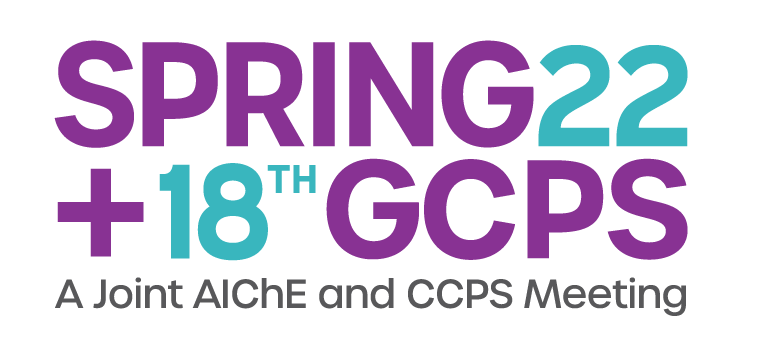

It is difficult to generalize whether a non-fire scenario would be rate-dependent or not without reviewing the underlying analysis. For example, if the relief rate for a blocked outlet scenario were based on the normal flow rate through an equipment, then this scenario could be rate dependent. However, if such relief rate were based on the maximum capacity of an upstream pump, the same scenario might no longer be rate dependent. Moreover, if credit were then taken for normal outflow through another open path to reduce such relief rate, the same scenario might still be rate-dependent.
The controlling scenario for sizing the pressure relief system for an individual system might be rate-dependent. This might also be true for a common disposal system such as flare. The adequacy of such systems against any proposed increase in unit or facility throughput should be evaluated carefully.
The main objectives of this paper are to provide process engineers general guidance on:
- how to identify rate-dependent scenarios using some examples,
- how to evaluate and document such scenarios, as well as
- how to evaluate potential impacts on such scenarios due to a change (such as increase) in the throughput for a unit or facility.
Presenter(s)
Language
Pricing
Individuals
| AIChE Member Credits | 0.5 |
| AIChE Pro Members | $19.00 |
| Employees of CCPS Member Companies | Free |
| AIChE Graduate Student Members | Free |
| AIChE Undergraduate Student Members | Free |
| AIChE Explorer Members | $29.00 |
| Non-Members | $29.00 |
